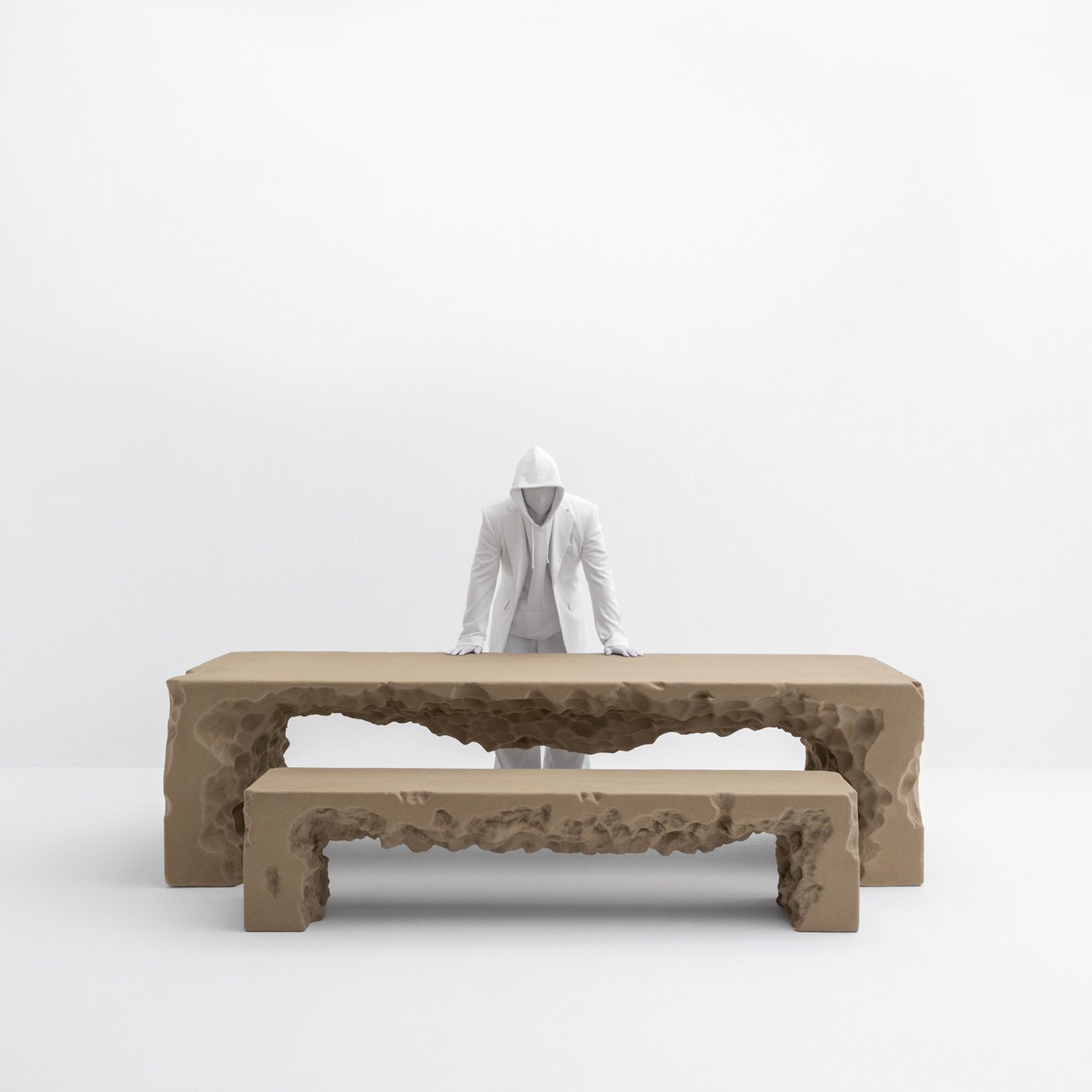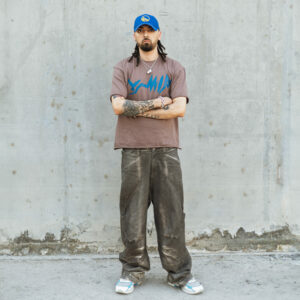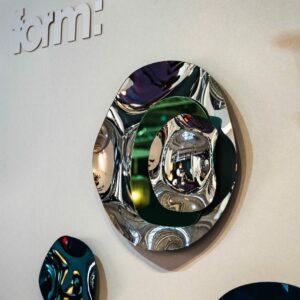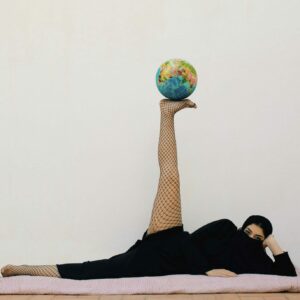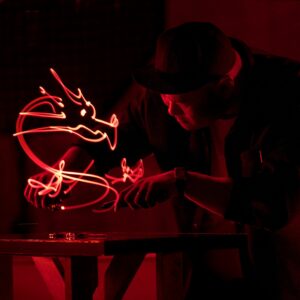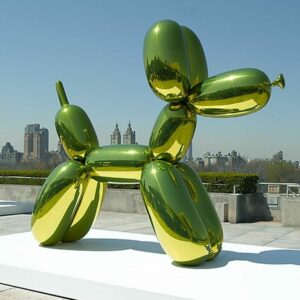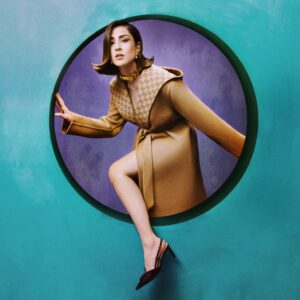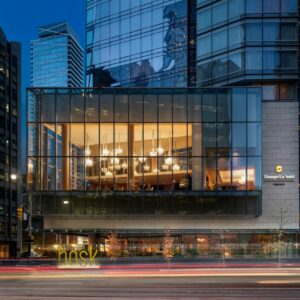Rarely do you find a design brand or atelier whose creative head is kept under wraps. It comes with the territory that those behind the most magnificent designs are usually propelled to stardom by virtue of their talent.
At Kameh, a Dubai-based start-up that creates some of the most instantly recognisable furniture, the modus operandi is somewhat different. The creators vanish to the back, while the designs remain the stars of the show. Kameh’s designer is, by choice, still a secret.
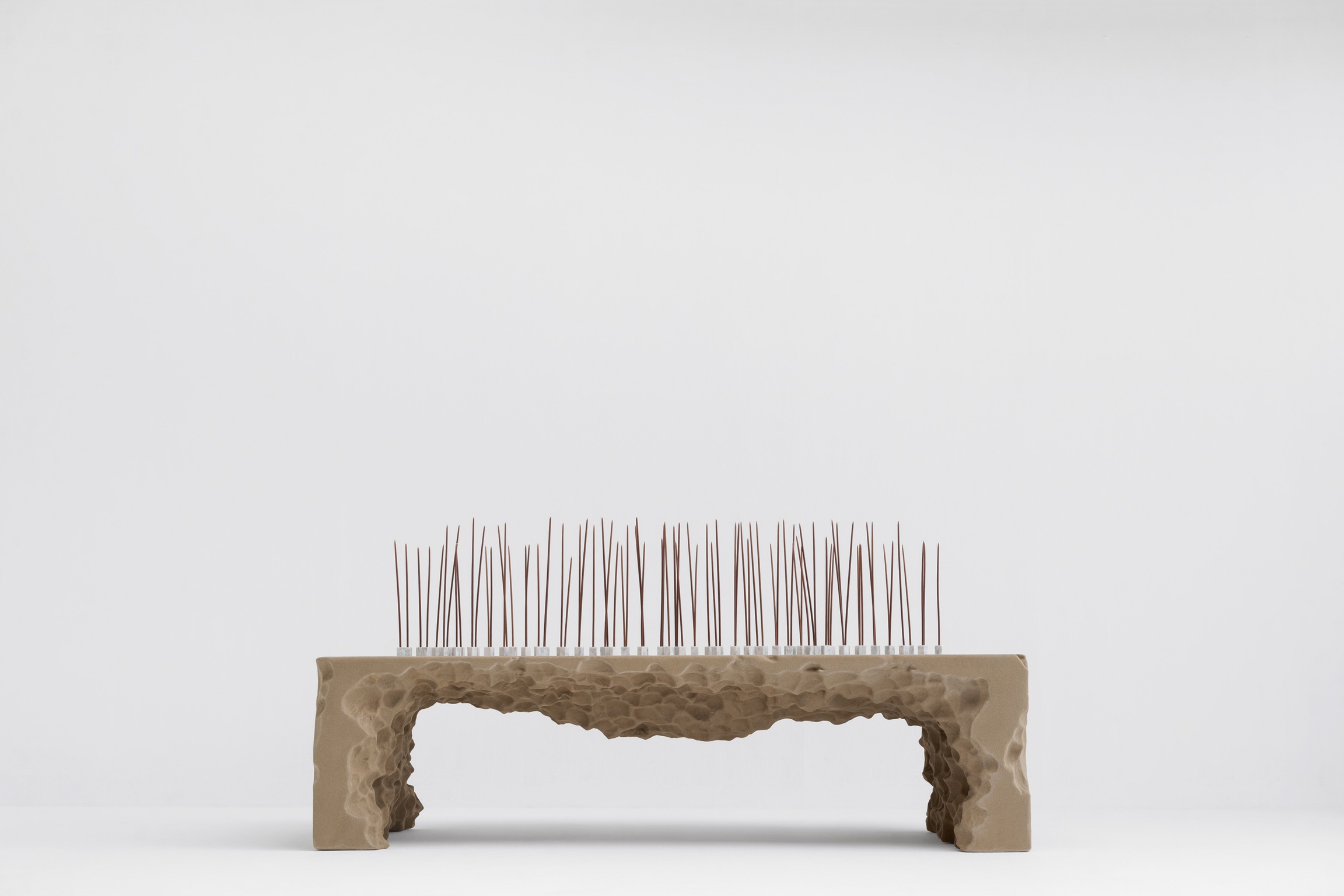
While the company is still young, there are big plans for global awareness, which they plan to debut at Dubai Design Week 2022 (November 8-13). As part of their Beyond Nature presentation, the design house introduces a new material to their repertoire: sand. The Breaking the Sand Collection is a continuation of the brand’s iconic designs and is finished off with sand derived from Dubai’s desert. The sculptures – tables and chairs – are purposefully designed to be imperfect. This form allows each piece to be idiosyncratic, a process that Kameh calls Breaking the Sand.
“There is un-perfectness in the objects,” the brand says, “there is no beauty in perfection, only imperfection.”
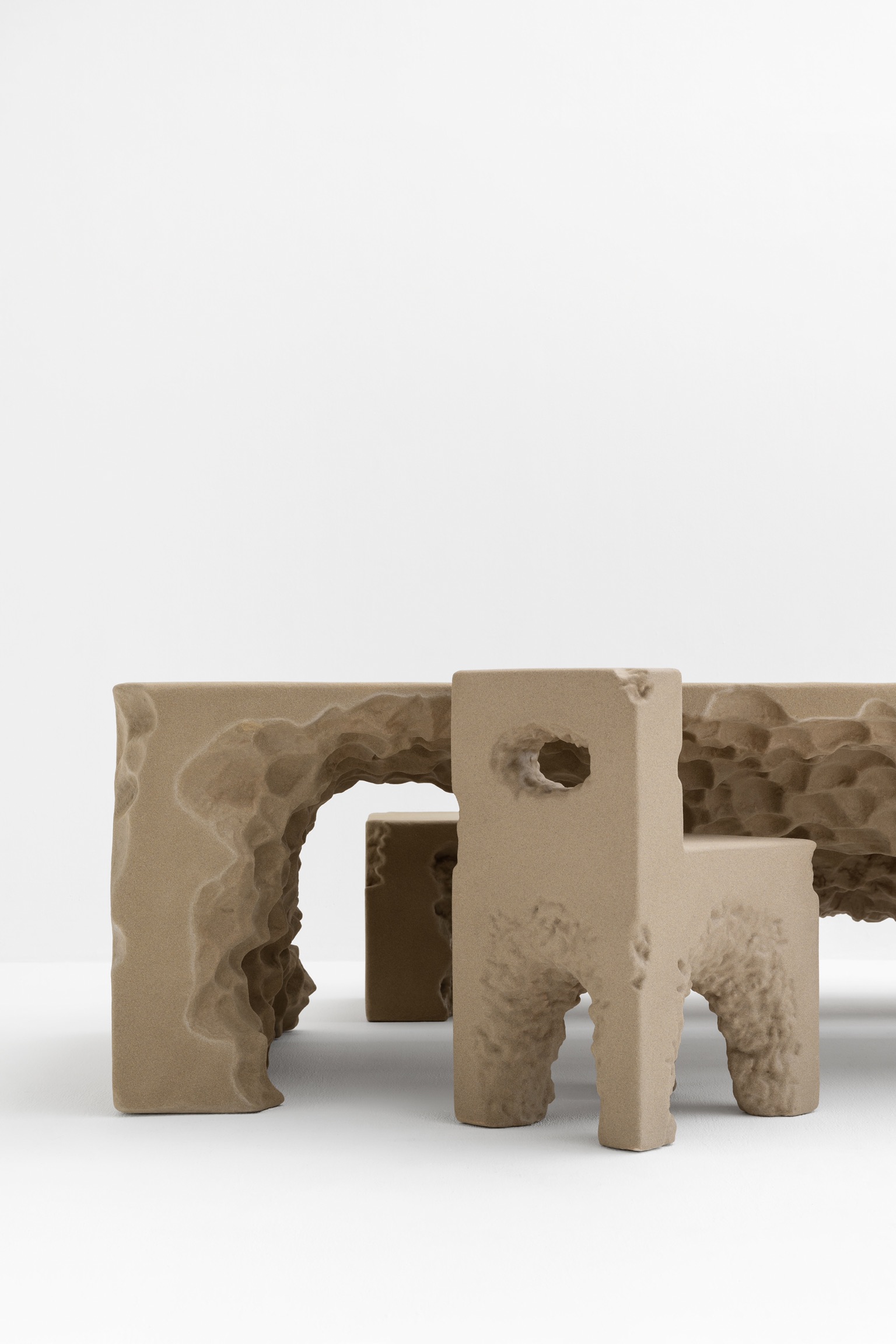
Kameh finds inspiration from a wide range of elements that include art, nature, and the human self. The sand, from the dunes of Dubai’s desert, is a representation of the nation’s natural elements. Kameh chose to use this sand to show the versatility of the craftsmanship. The designs found on the tables, and other furniture pieces mimic the desert’s dunes – it’s rough, with a sandy finish on the exposed surface by the unforgiving nature, while it is uniquely formed on the inside.
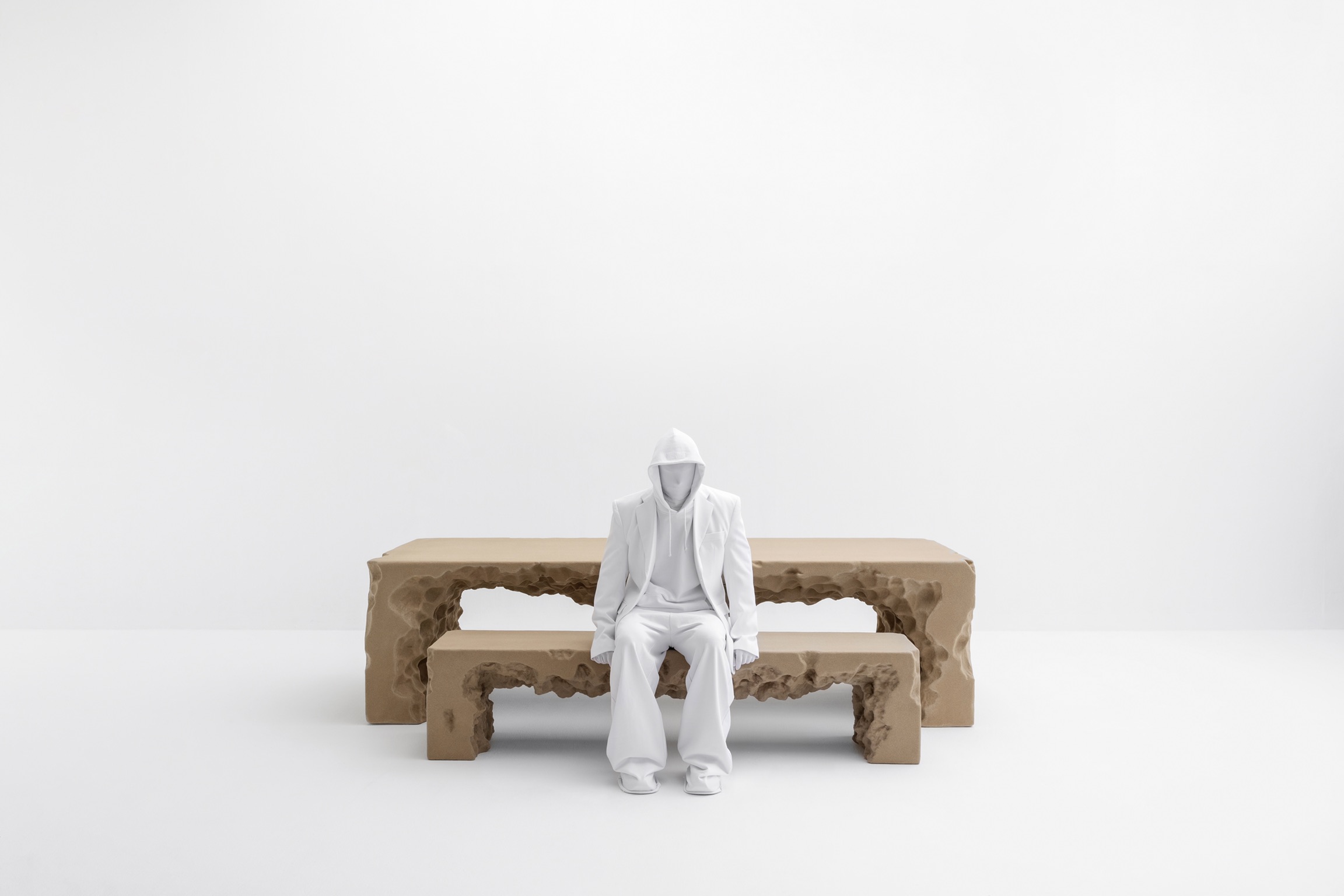
Each piece is designed to complement and support each other, in a similar way that nature balances itself. According to the brand these pieces are meant to be interpreted simultaneously as common, relatable objects of functionality, as well as works of art.
For more information head here
